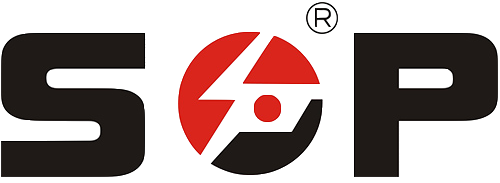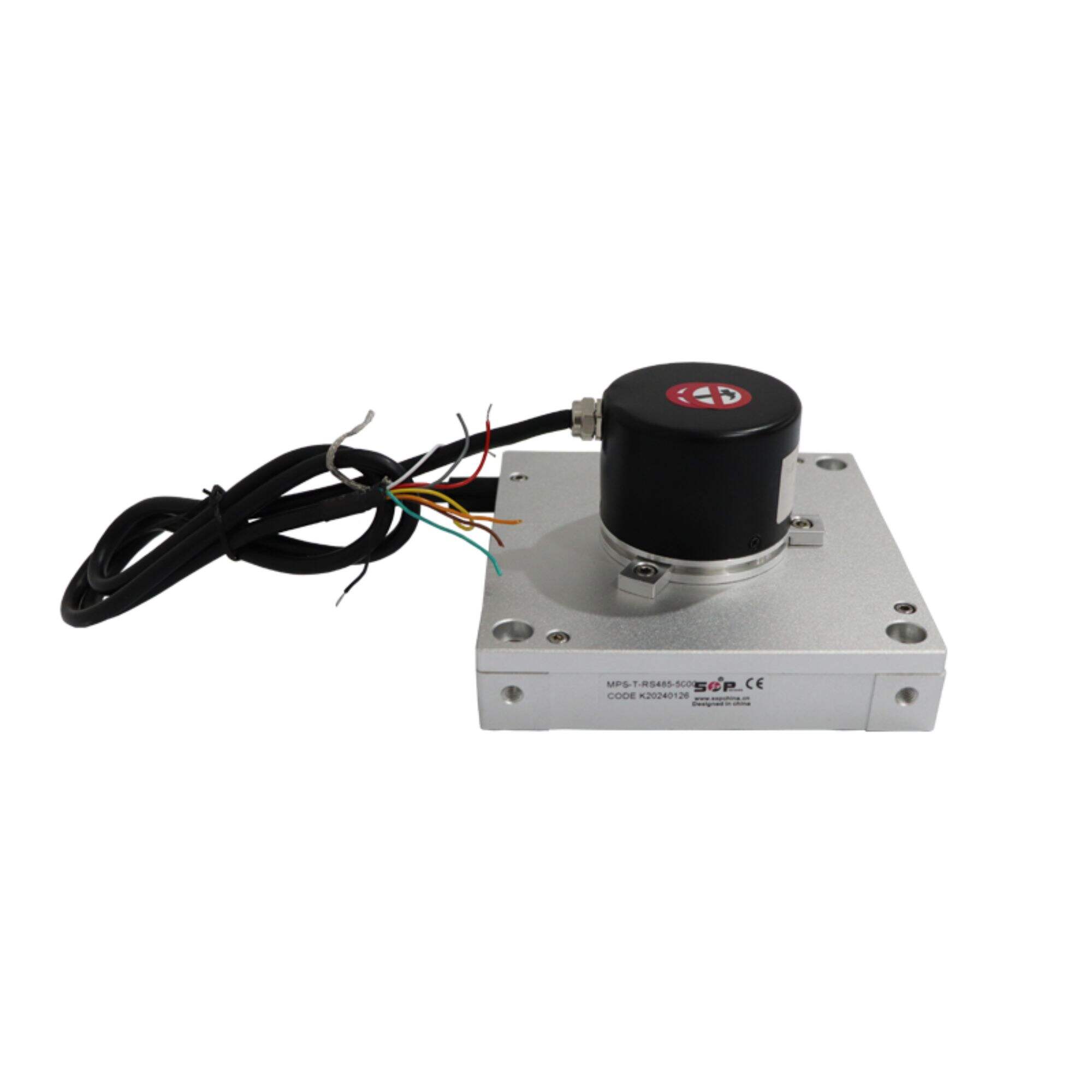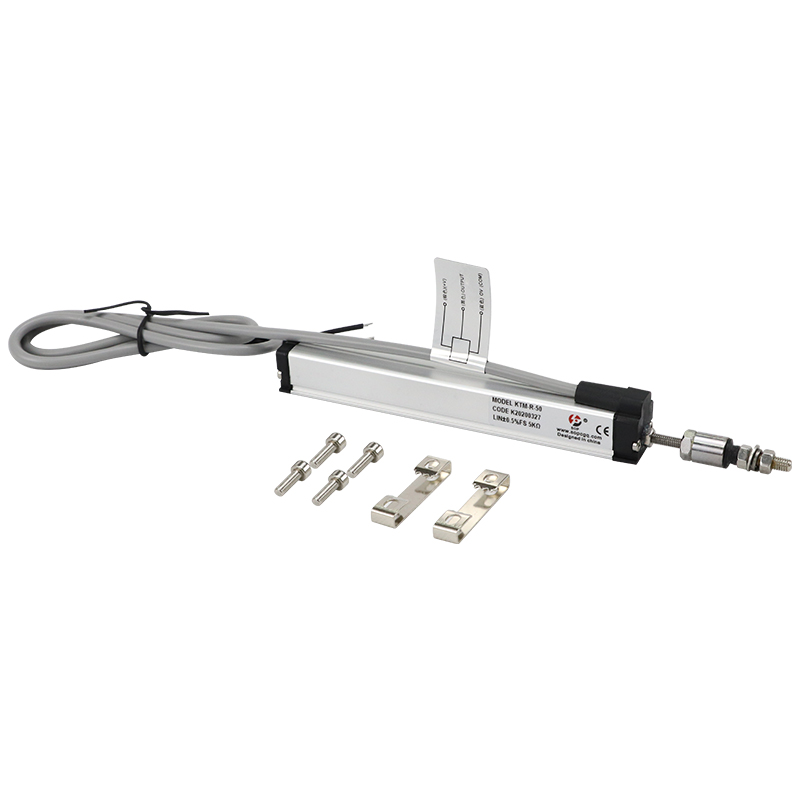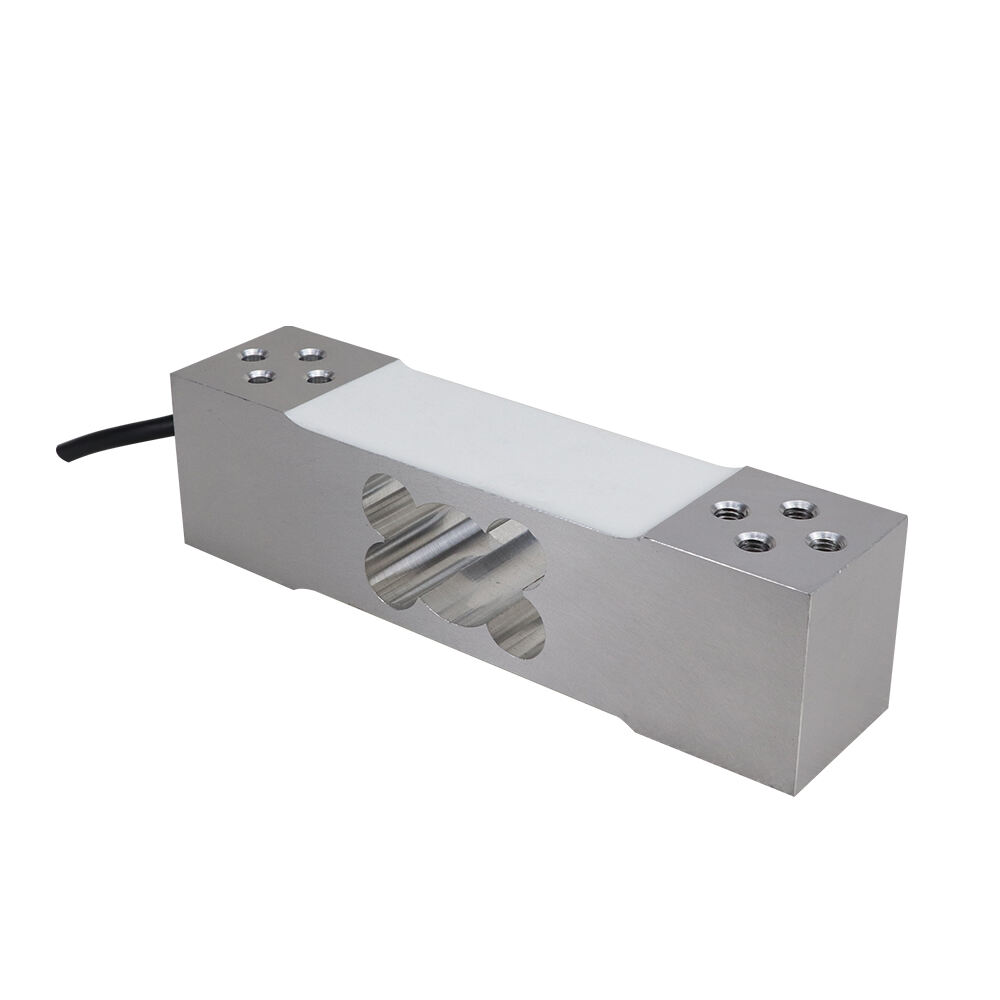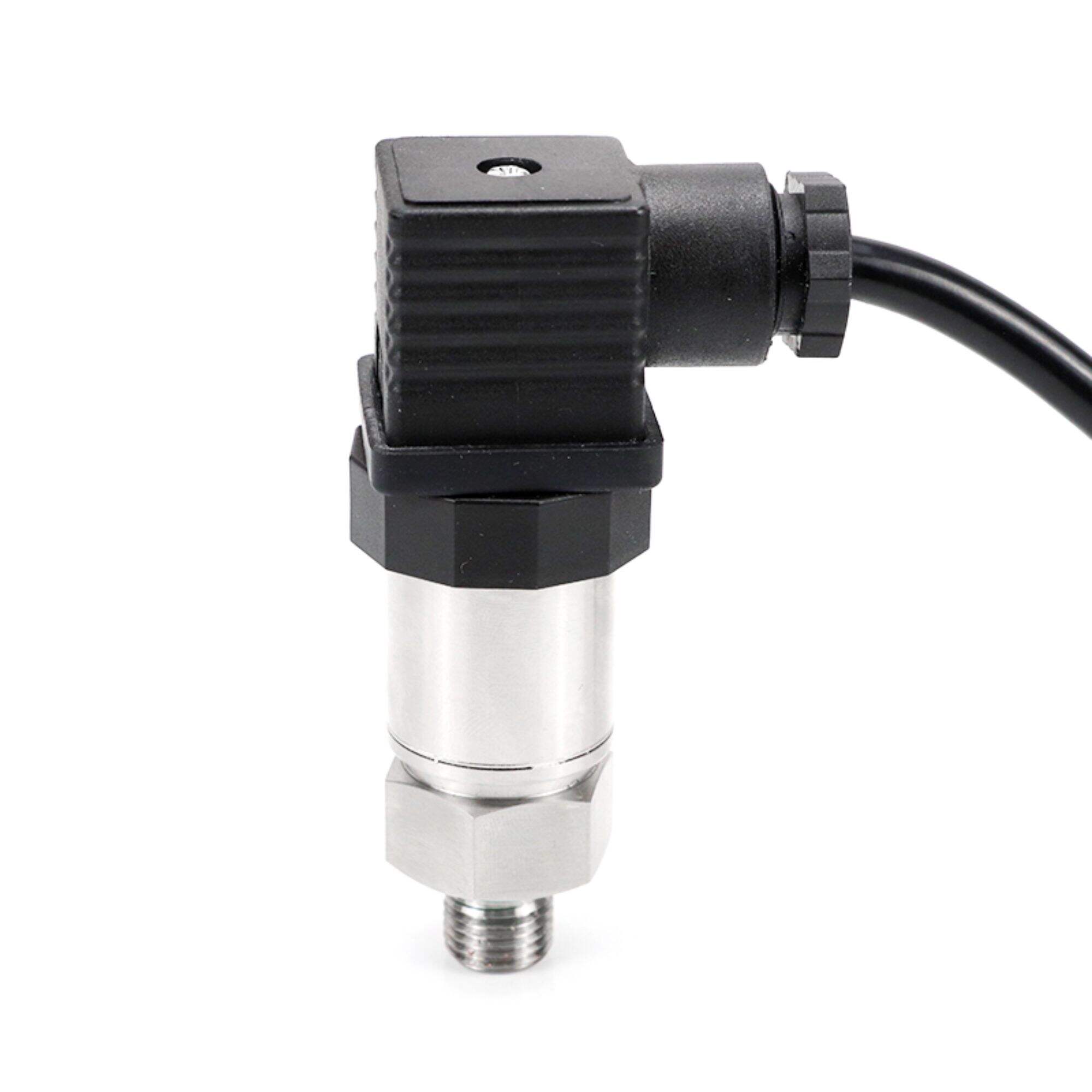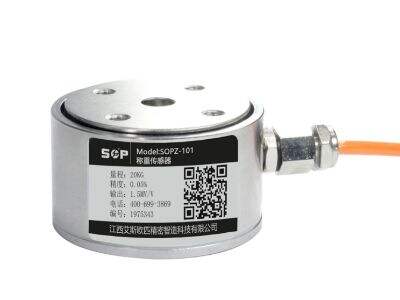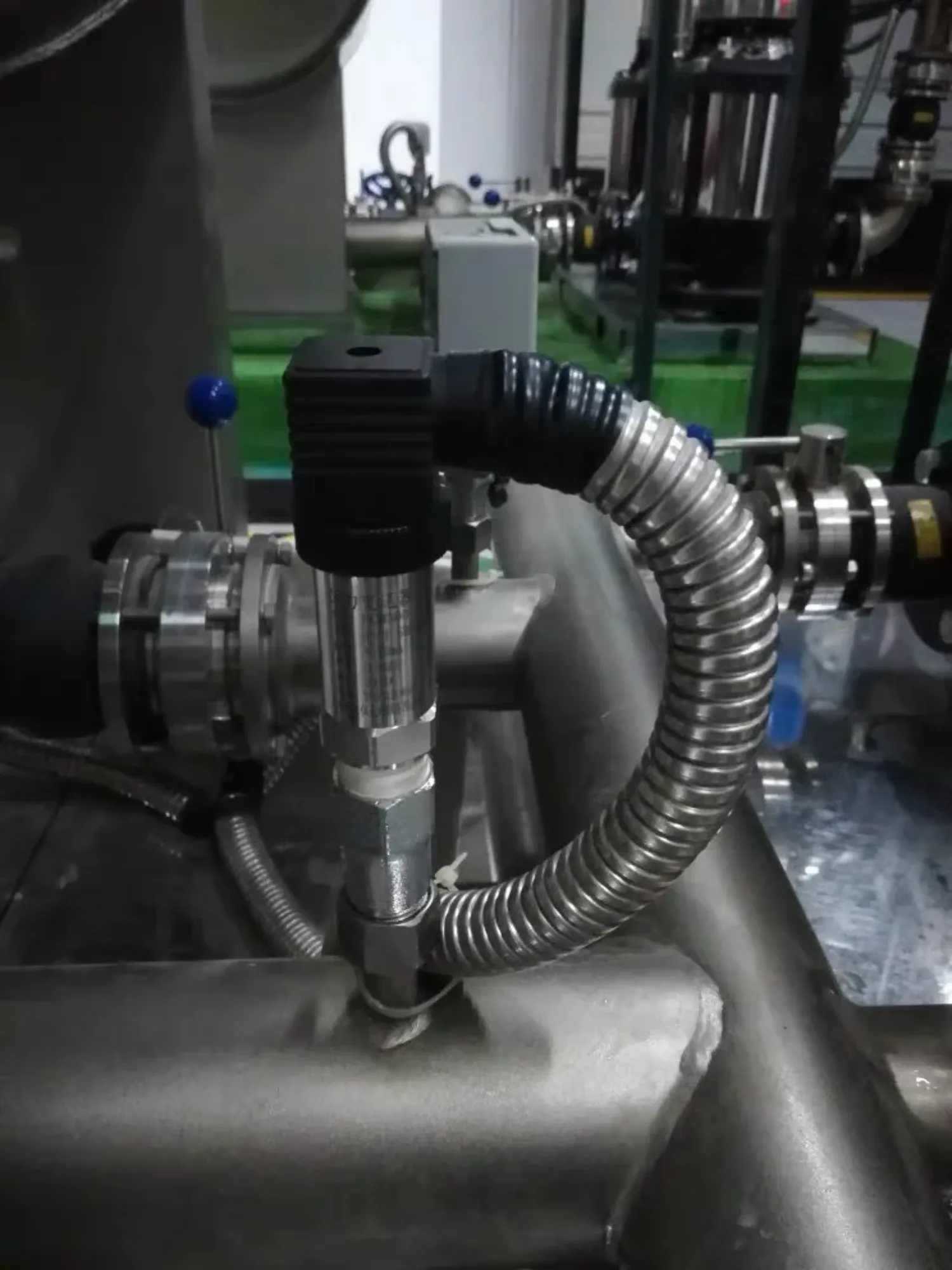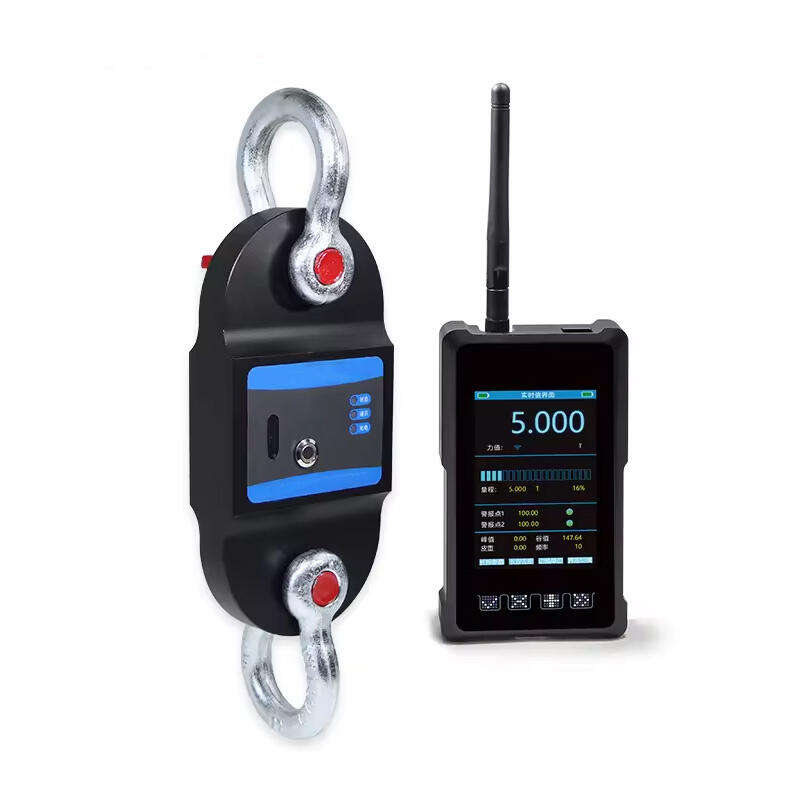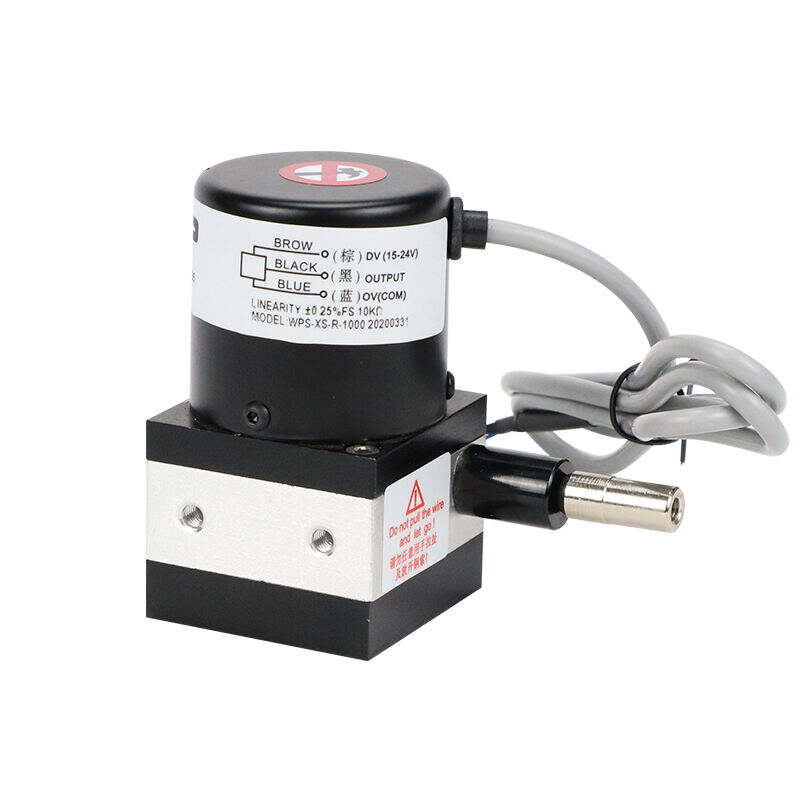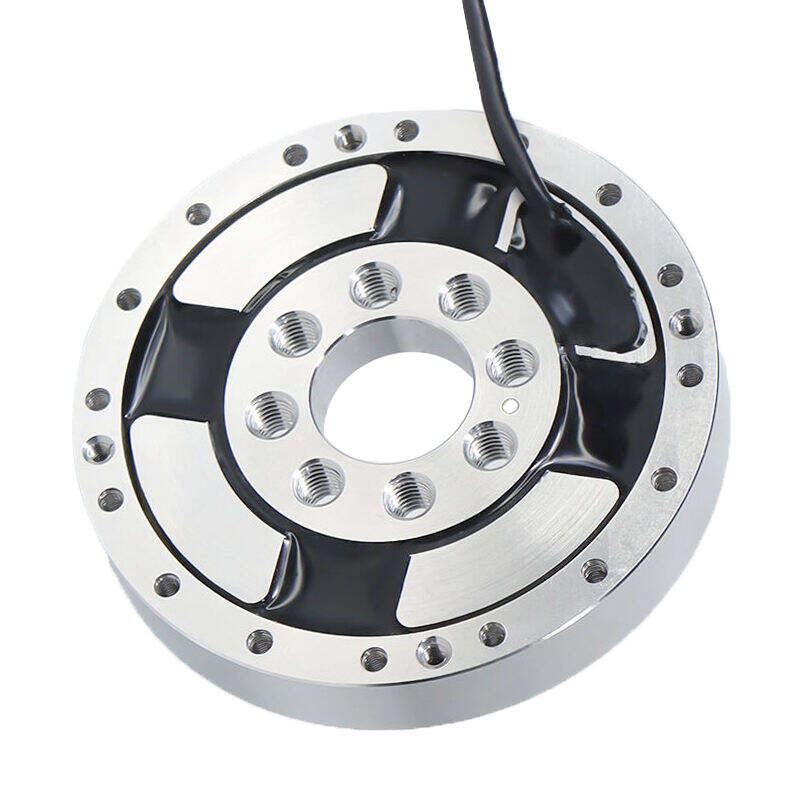ประเภทของเซนเซอร์ตำแหน่งเชิงเส้น
เซ็นเซอร์วัดตำแหน่งเชิงเส้นเป็นอุปกรณ์สำคัญที่ใช้สำหรับการวัดระยะการเคลื่อนที่หรือตำแหน่งของวัตถุตามแนวแกนเฉพาะ เซ็นเซอร์ประเภทนี้มีหลายชนิด ได้แก่ เซ็นเซอร์แบบโพเทนชิโอมิเตอร์ (Potentiometric) เซ็นเซอร์แมกโนสตริกทีฟ (Magnetostrictive) เซ็นเซอร์แสง (Optical) และเซ็นเซอร์แบบเหนี่ยวนำ (Inductive) โดยแต่ละชนิดถูกออกแบบมาเพื่อตอบสนองความต้องการในอุตสาหกรรมที่แตกต่างกัน เซ็นเซอร์แบบโพเทนชิโอมิเตอร์ทำงานโดยใช้การสัมผัสแบบเลื่อนบนองค์ประกอบที่มีความต้านทาน เพื่อวัดตำแหน่ง ซึ่งเป็นทางเลือกที่เรียบง่ายและประหยัดต้นทุน เซ็นเซอร์แมกโนสตริกทีฟใช้หลักการแมกโนสตริกชัน โดยอาศัยการทำงานร่วมกันระหว่างคลื่นนำ (Waveguide) และสนามแม่เหล็ก เพื่อกำหนดตำแหน่งอย่างแม่นยำสูง เซ็นเซอร์แสงใช้เทคโนโลยีที่เกี่ยวข้องกับแสง ไม่ว่าจะเป็นแถบเข้ารหัส (Encoder Strips) หรือการวัดด้วยเลเซอร์ ซึ่งให้การตรวจจับตำแหน่งแบบไม่สัมผัส (Non-contact) พร้อมความแม่นยำสูงมาก ส่วนเซ็นเซอร์แบบเหนี่ยวนำใช้สนามแม่เหล็กไฟฟ้าในการตรวจจับการเปลี่ยนแปลงของตำแหน่ง มอบประสิทธิภาพที่แข็งแกร่งแม้ในสภาพแวดล้อมที่ยากลำบาก เซ็นเซอร์เหล่านี้ถูกนำไปใช้อย่างกว้างขวางในระบบอัตโนมัติของการผลิต ระบบยานยนต์ อุปกรณ์การบิน-อวกาศ และเครื่องจักรความแม่นยำ มีบทบาทสำคัญในการให้ข้อมูลตำแหน่งแบบเรียลไทม์ ซึ่งจำเป็นต่อระบบควบคุมการเคลื่อนที่ การประกันคุณภาพ และระบบอัตโนมัติในกระบวนการผลิต เซ็นเซอร์วัดตำแหน่งเชิงเส้นรุ่นใหม่มักมีอินเตอร์เฟซแบบดิจิทัล ทำให้สามารถเชื่อมต่อกับระบบควบคุมอุตสาหกรรมและโครงสร้างพื้นฐานอุตสาหกรรม 4.0 ได้อย่างราบรื่น เทคโนโลยีนี้ยังคงพัฒนาอย่างต่อเนื่อง พร้อมคุณสมบัติเสริม เช่น การตรวจสอบตนเอง (Self-diagnostics) การชดเชยอุณหภูมิ (Temperature Compensation) และการป้องกันสภาพแวดล้อมที่ดีขึ้น
